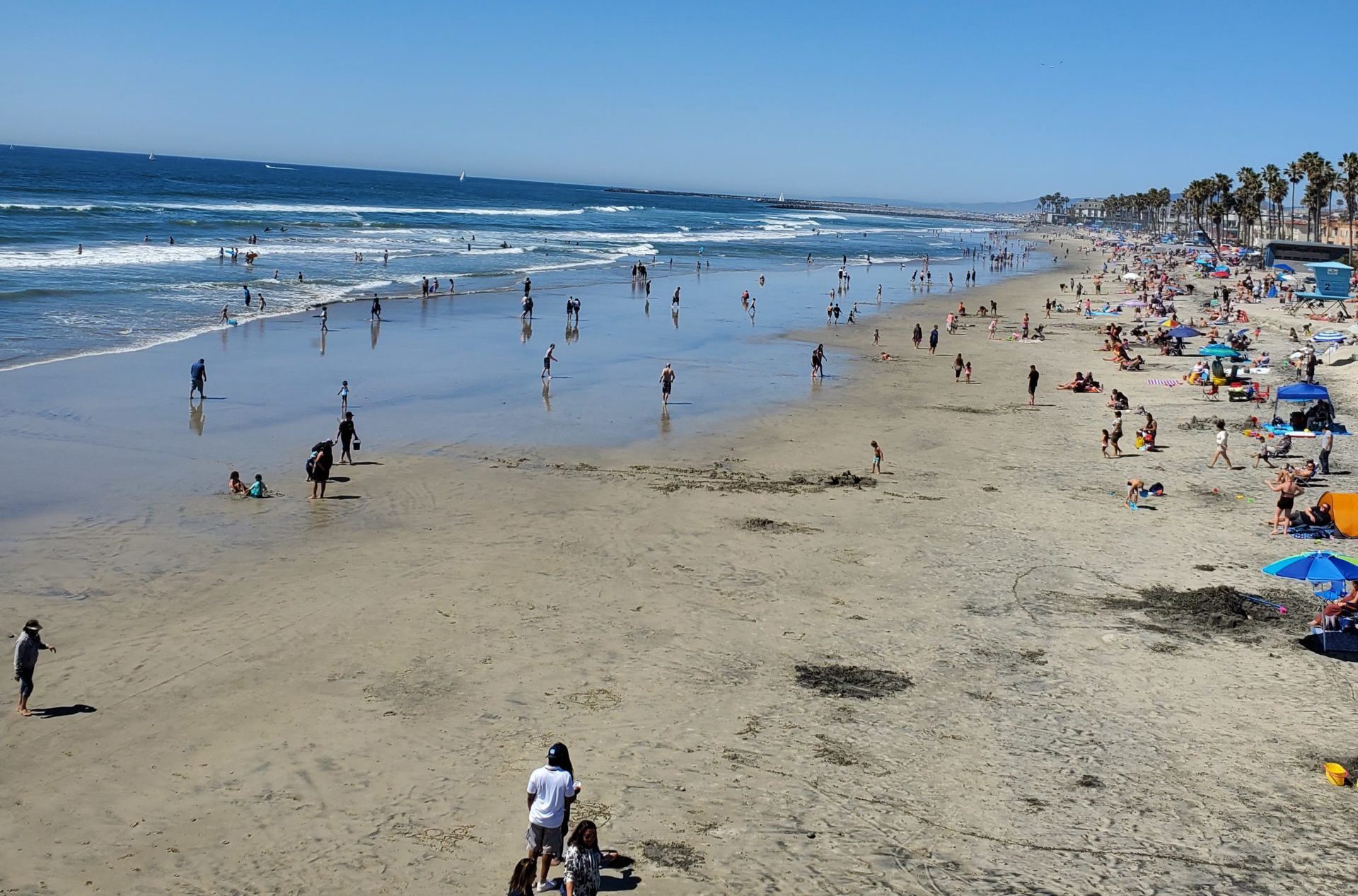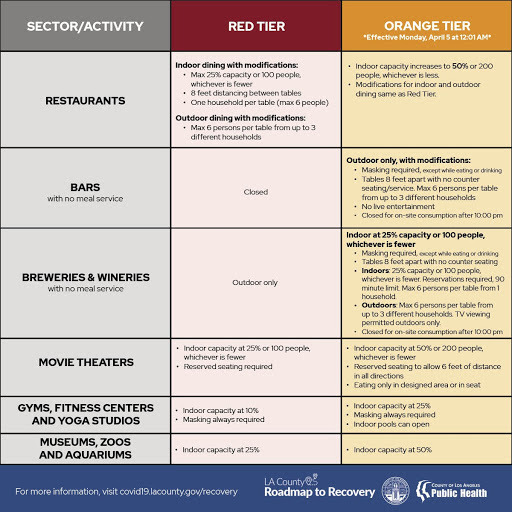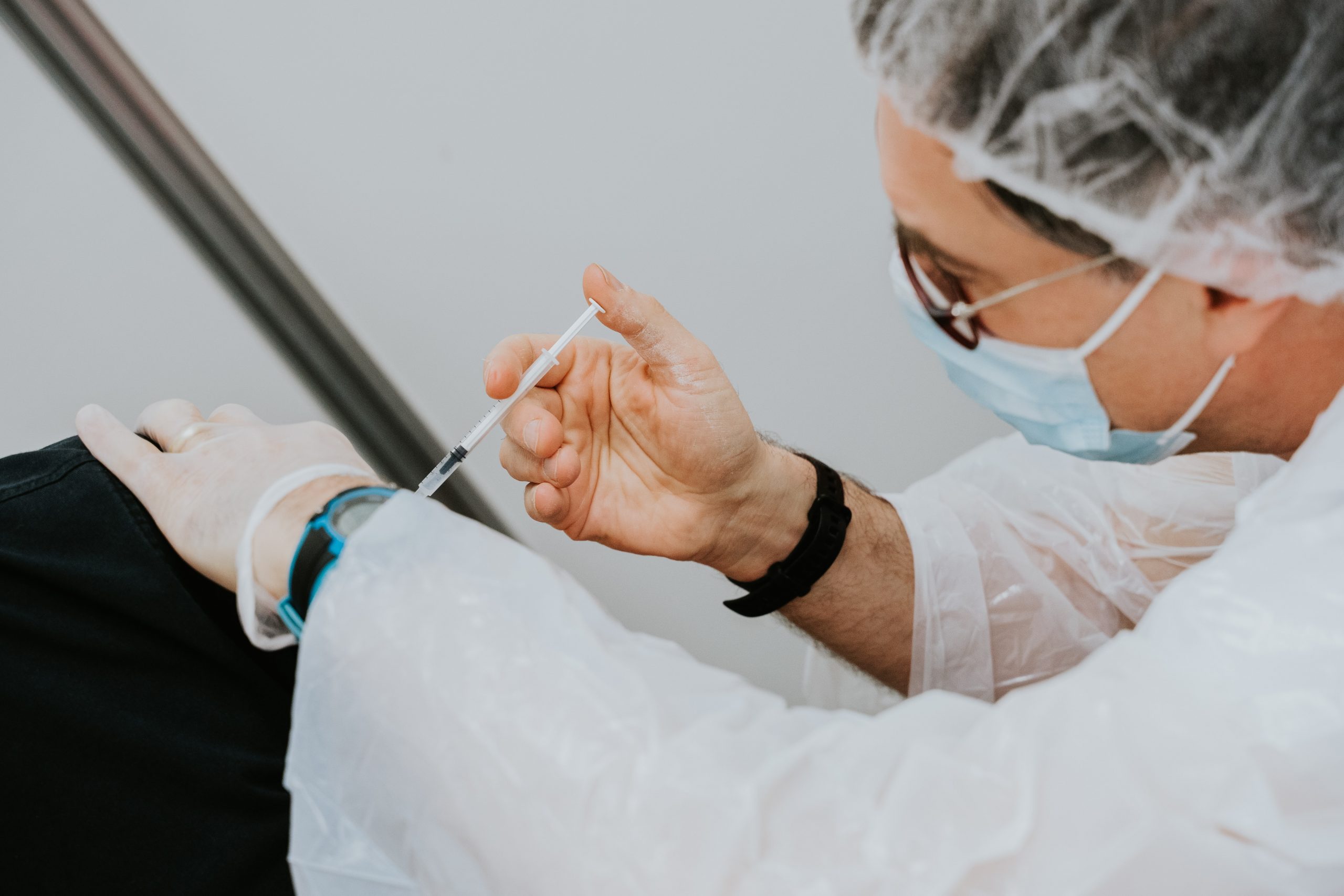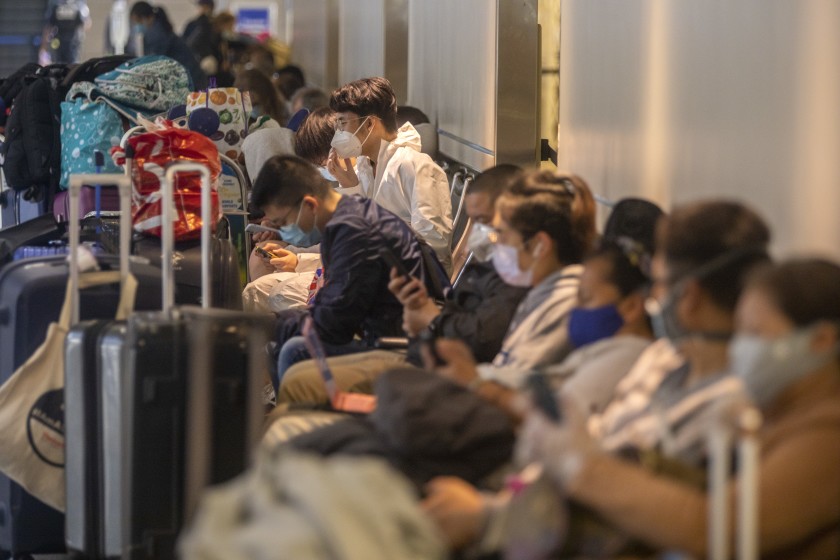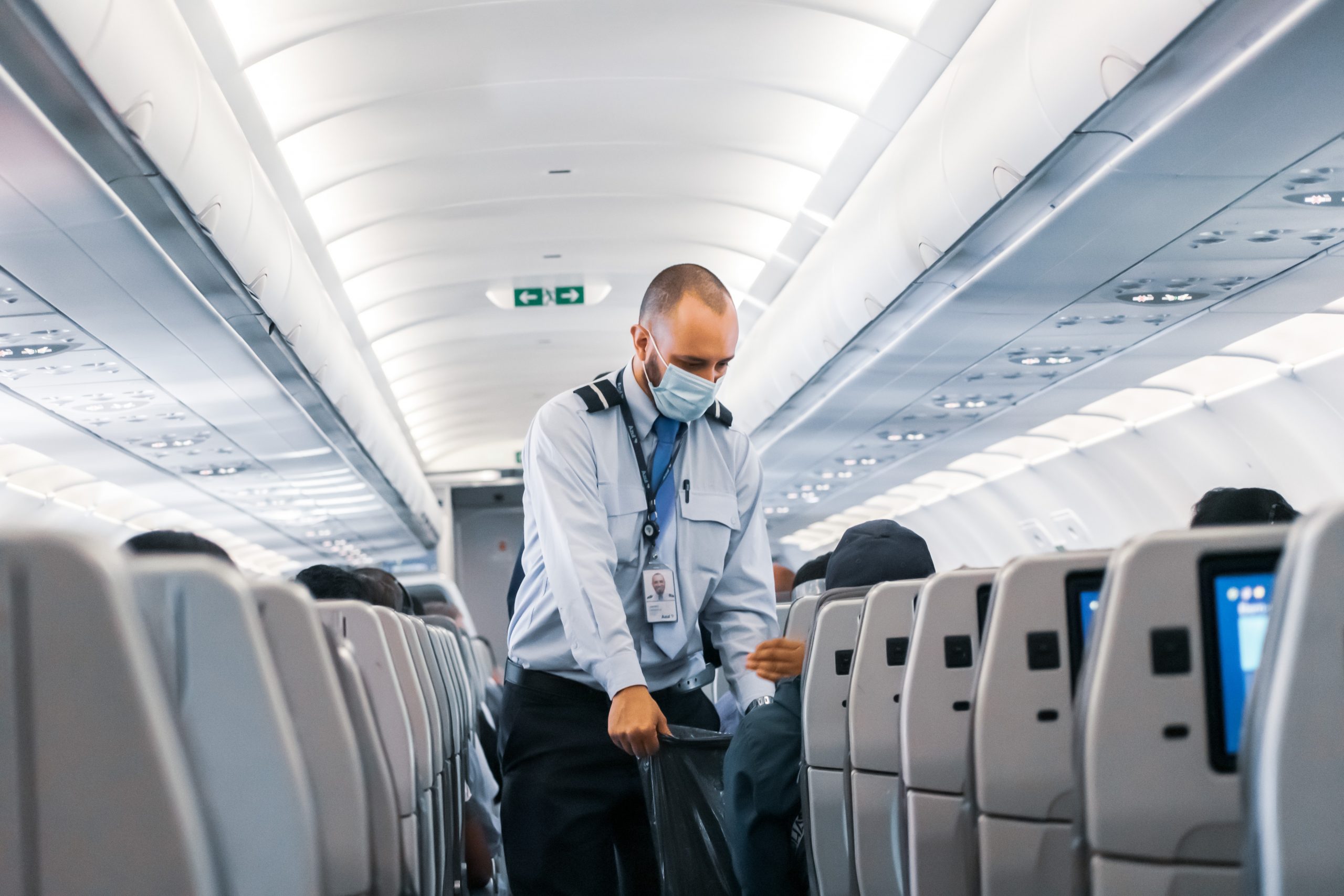As spring break and numerous religious and spiritual holidays approach, Los Angeles County health officials cautioned that travel and gathering in-person with others increases the risk of getting and spreading COVID-19. While COVID-19 numbers have decreased in L.A. County, transmission remains widespread and is increasing in many other states and countries.
“The safest way to observe religious and spiritual holidays at this time is still to gather virtually or with people who live with you,” officials said in a statement Saturday.
Residents are advised to avoid all non-essential travel and stay within 120 miles from their place of residence unless they are traveling for essential purposes. A travel advisory remains in effect in the county. Anyone who is arriving in Los Angeles County from outside the state must self-quarantine for 10 days.
“We must remain diligent and continue to take precautions to prevent the spread of the virus. We are so close, perhaps only several months away from having enough people vaccinated to accelerate our reopening without adverse effects,” said Barbara Ferrer, L.A. County Department of Public Health director. “However, we remain quite concerned with reports of rising cases of COVID and hospitalizations in a growing number of states. We know the virus does not respect borders. If we are able to hold the line here and prevent another wave of increasing infections, we will soon be able to realize the profound benefits of our mass vaccination efforts in reducing spread of the virus and, most importantly, preventing COVID hospitalizations and deaths.”
Since L.A. County is currently in the red tier, a private gathering can occur indoors with up to three separate households, with masking and distancing required at all times and limited to two hours. Outdoors is still safer than indoors. People who are fully vaccinated can gather indoors, without required masking and distancing, with either two other households of people who are fully vaccinated or with one other household of unvaccinated/partially vaccinated people, unless any of those people or anyone they live is at risk for serious illness from COVID-19. People are considered fully vaccinated two weeks after their final dose.
“Gatherings, even with people you know who have no symptoms and who have tested negative, can still result in spread of the virus to many people,” public health officials cautioned. “The risk of spread increases when people are not diligent about consistently and correctly wearing face masks or keeping their physical distance and when people gather indoors.”

